The first visualization of its kind, created by using powerful X-rays at Argonne’s Advanced Photon Source, will lead to improved manufacturing and efficiency.

news, journals and articles from all over the world.

The first visualization of its kind, created by using powerful X-rays at Argonne’s Advanced Photon Source, will lead to improved manufacturing and efficiency.

Scientists using the Advanced Photon Source have discovered new insights into the ways the SARS-CoV-2 virus camouflages itself inside the human body.

Powerful APS X-rays are used to uncover the structure and behavior of proteins controlling tarantula muscles. These insights may help scientists better understand our own muscles.
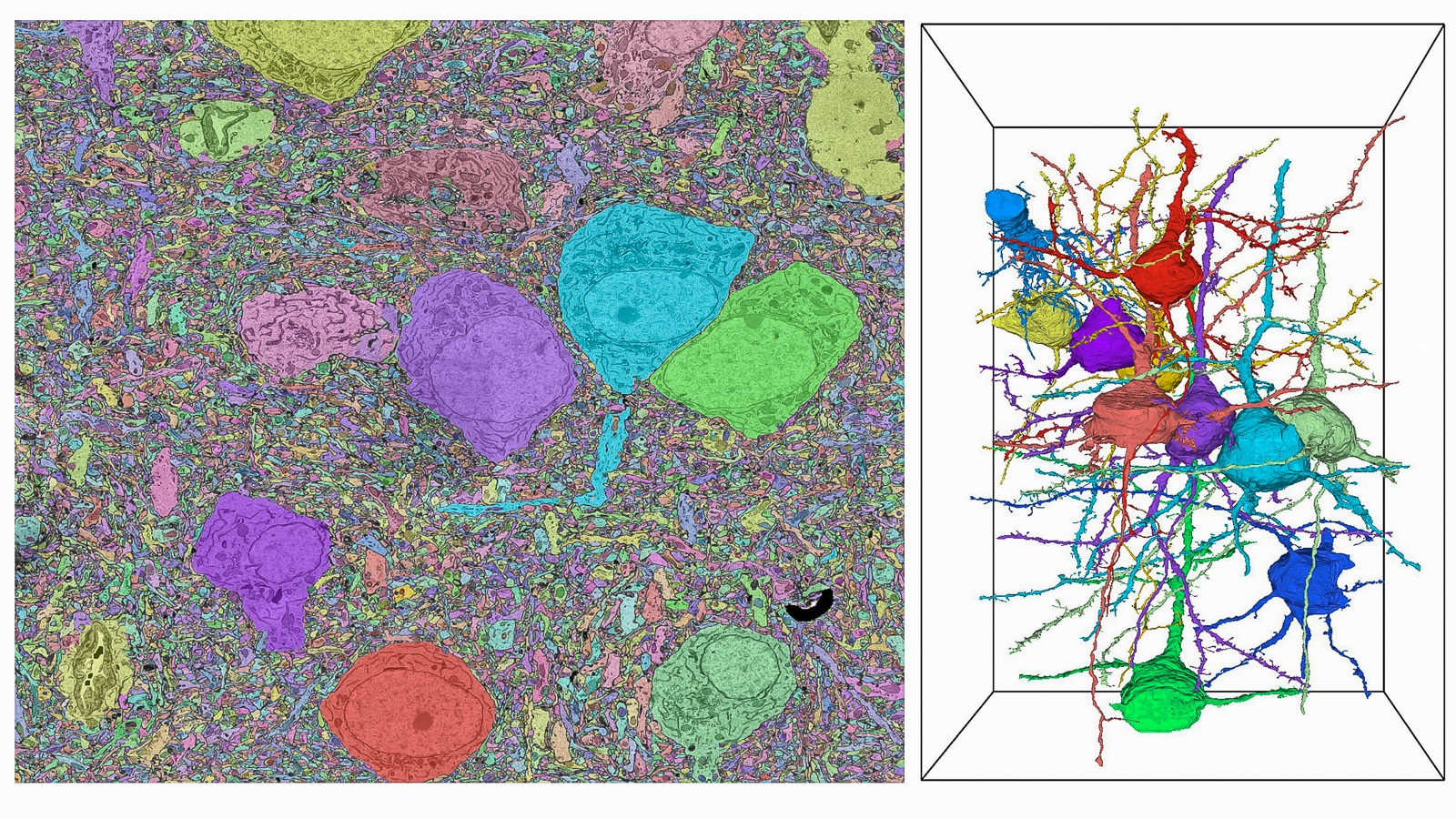
To leverage emerging computing capabilities and prepare for future exascale systems, the Argonne Leadership Computing Facility, a DOE Office of Science User Facility, is expanding its scope beyond traditional simulation-based research to include data science and machine learning approaches.

Scientists have developed a new material that can sense glutamate in the brain, and may lead to new tools to combat neurological disorders.
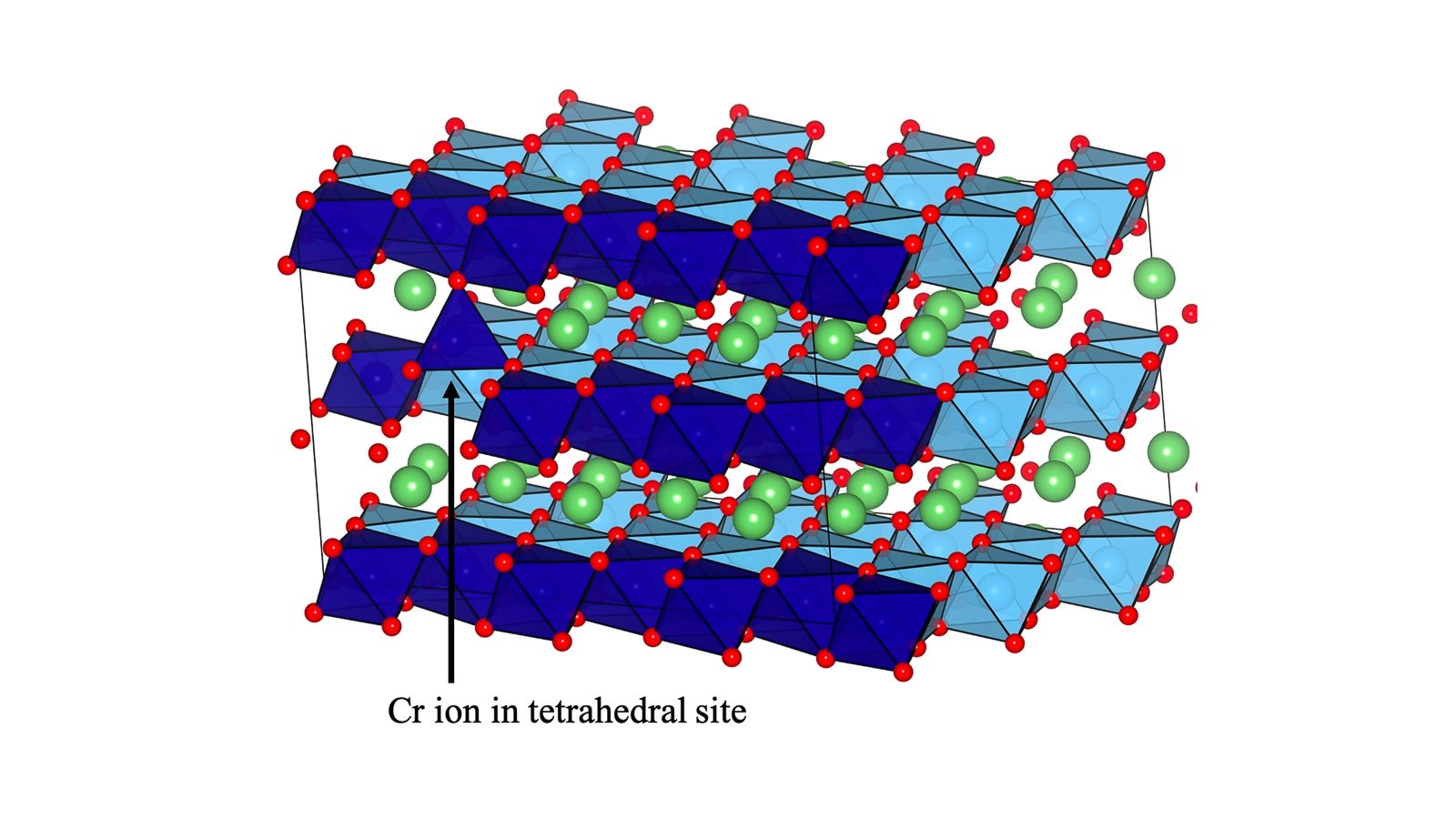
Researchers are developing new ways to advance lithium-rich batteries and using new materials for practical use, according to researchers with the U.S. Department of Energy’s Argonne National Laboratory.
Scientists are preparing for the increased brightness and resolution of next-generation light sources with a computing technique that reduces the need for human calculations to reconstruct images.
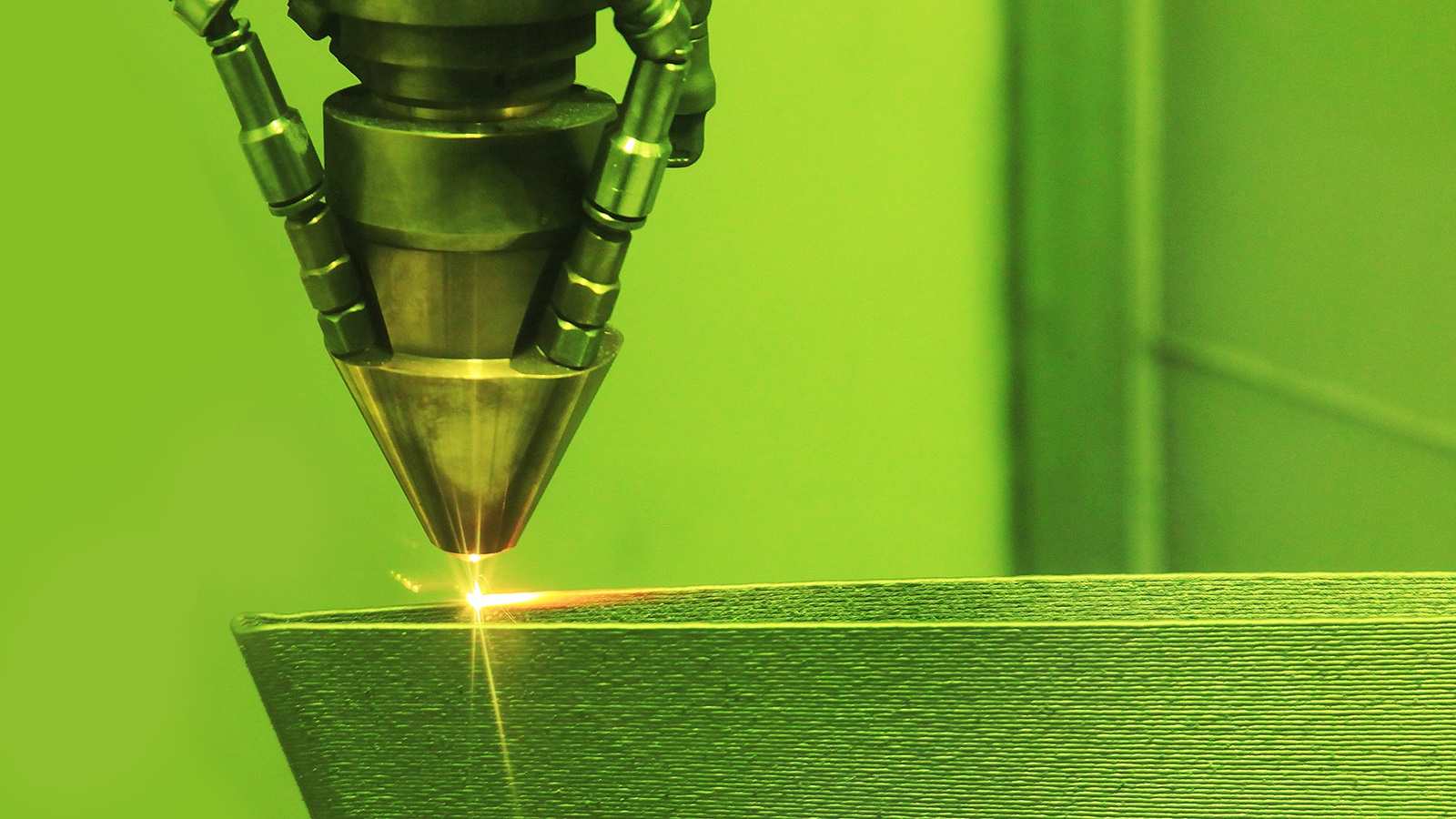
Argonne scientists use temperature data to tune — and fix — defects in 3D-printed metallic parts.
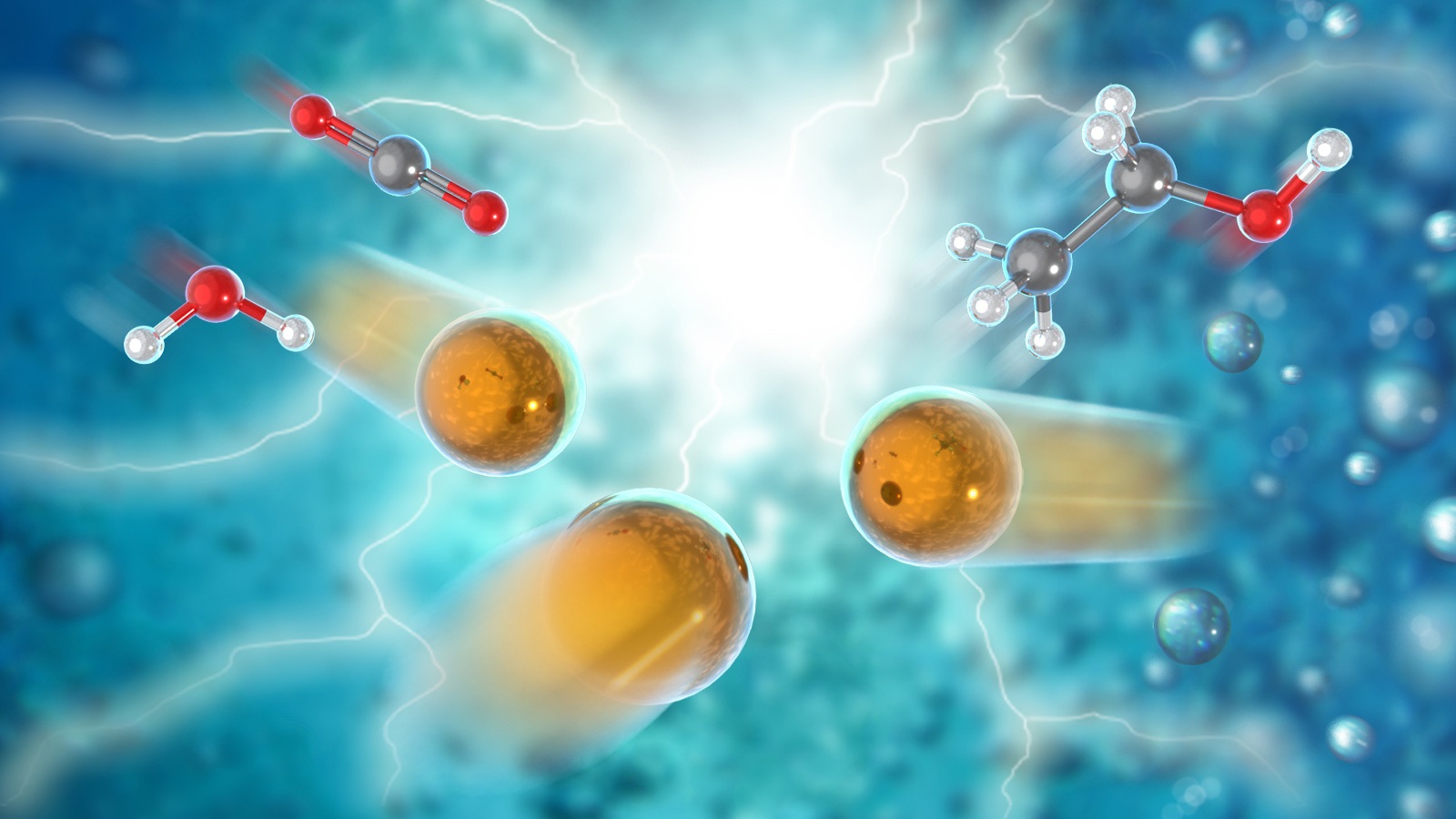
University reports a new electrocatalyst that converts carbon dioxide and water into ethanol with very high energy efficiency, high selectivity for the desired final product and low cost.
Researchers from Argonne National Laboratory’s Advanced Photon Source and Center for Nanoscale Materials are utilizing nano- and micro-scale imaging to better understand the chemical processes behind the formation of cement.

Researchers collaborated to create a software program to accelerate discovery and design of new materials for applications allowing for a far more comprehensive understanding of materials from atomistic to mesoscopic scale than ever before.
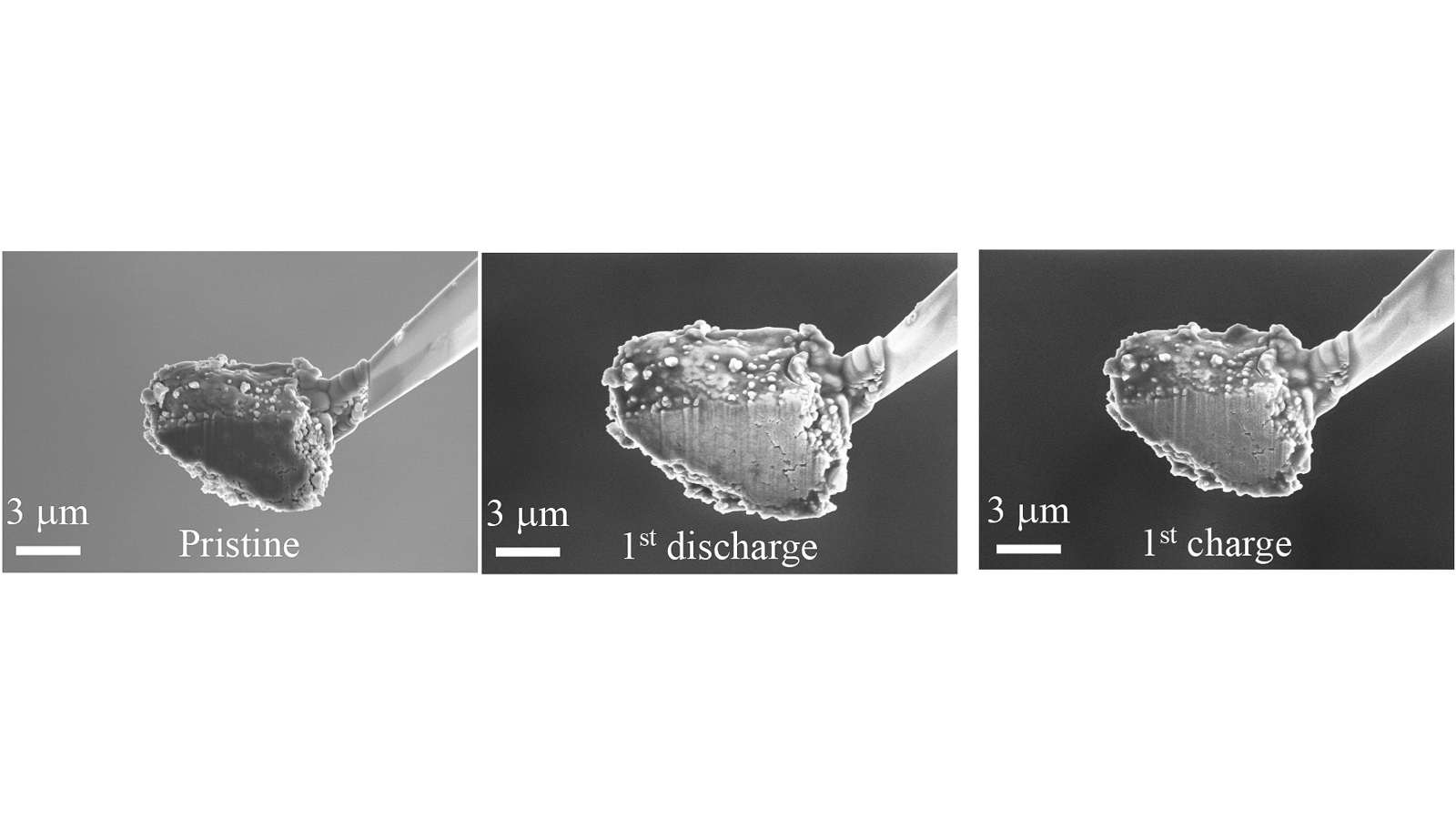
In a new study, a team led by researchers at Argonne National Laboratory has made discoveries concerning a potential new, higher-capacity anode material, which would allow lithium-ion batteries to have a higher overall energy capacity.
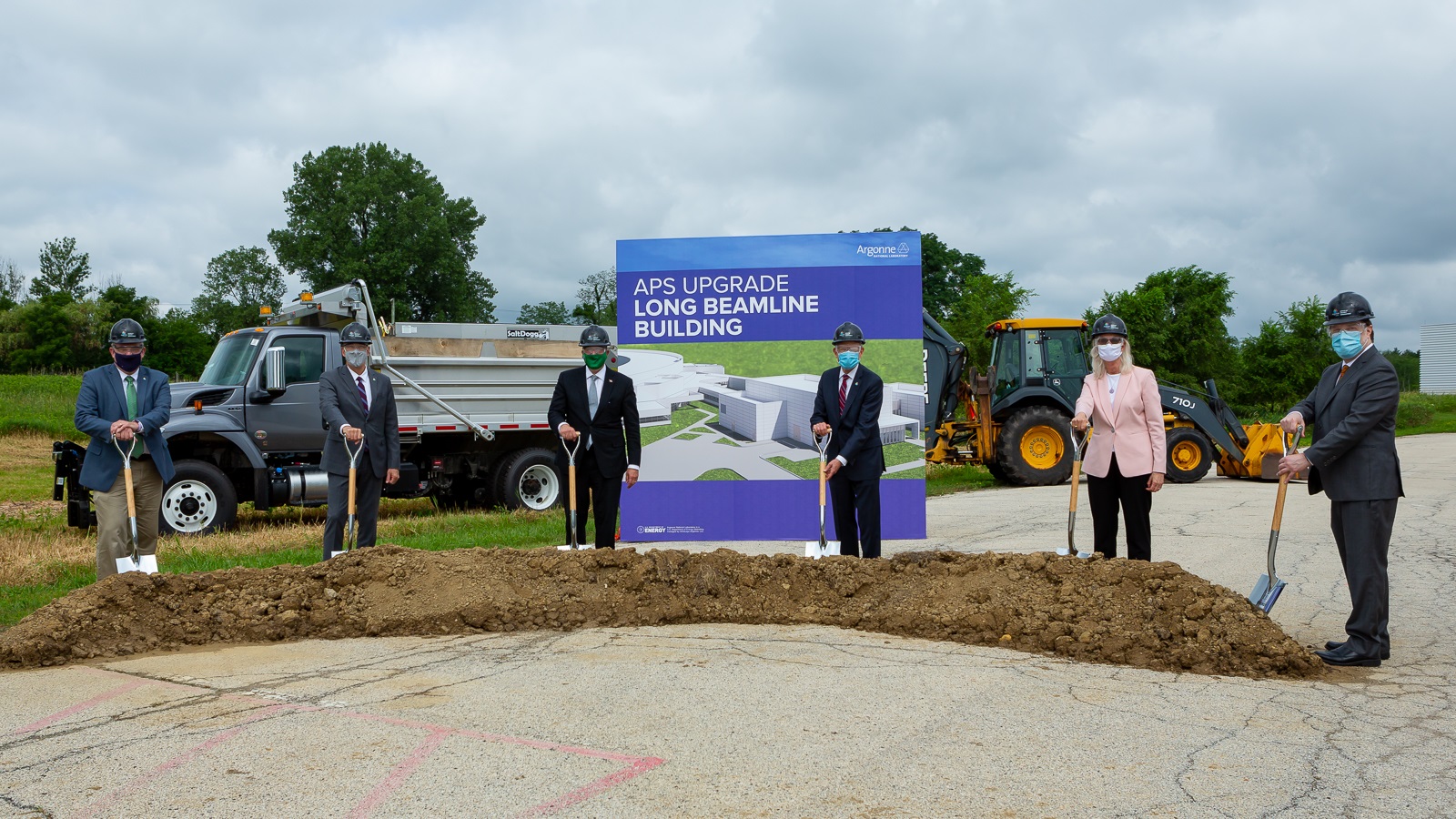
In a ceremony at Argonne, leaders from the Department of Energy joined the lab in breaking ground on two new beamlines that will enable new innovations in many different scientific fields.
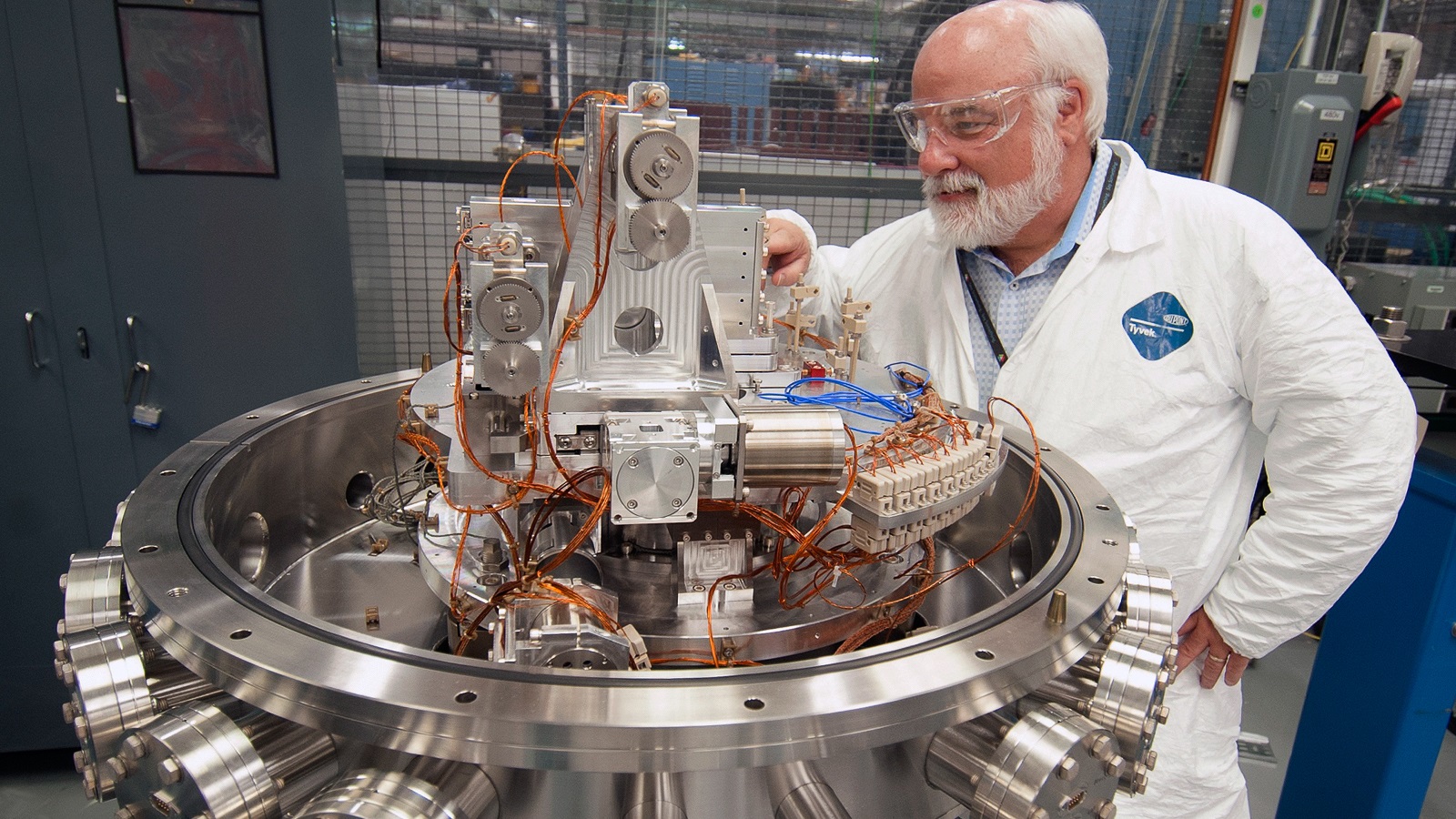
It’s been almost 25 years since the APS first saw light. An $815 million upgrade is currently underway with an anticipated first light in 2023. The APS Upgrade will provide the scientific community with unprecedented new research opportunities.

Scientists have simulated conditions on water-rich exoplanets to learn more about their geological composition, and found a new transition state between rock and water.
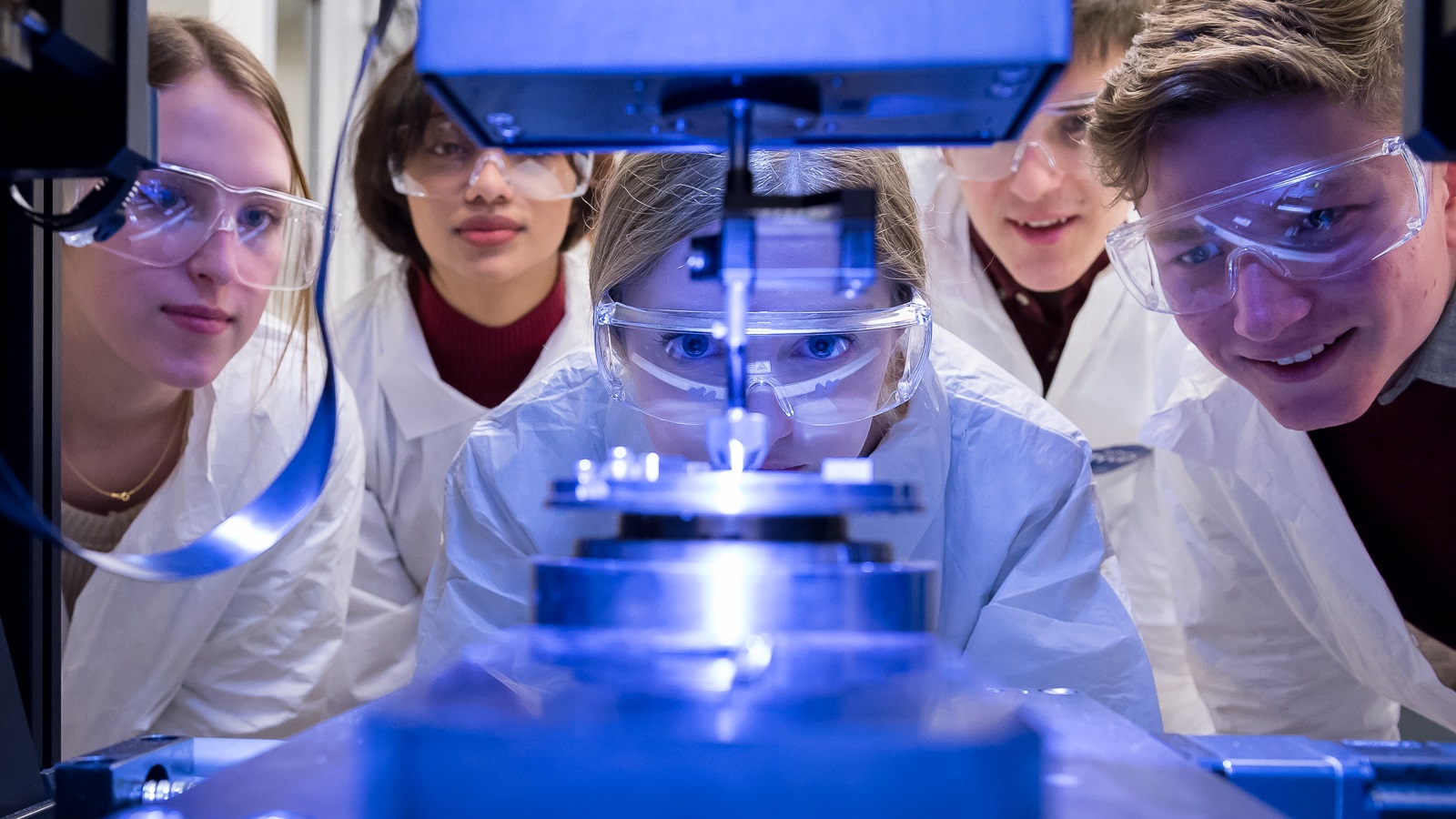
Every year, the Exemplary Student Research Program welcomes students from Chicagoland high schools to complete research projects at Argonne’s scientific facilities. The program inspires and trains the next generation of researchers.
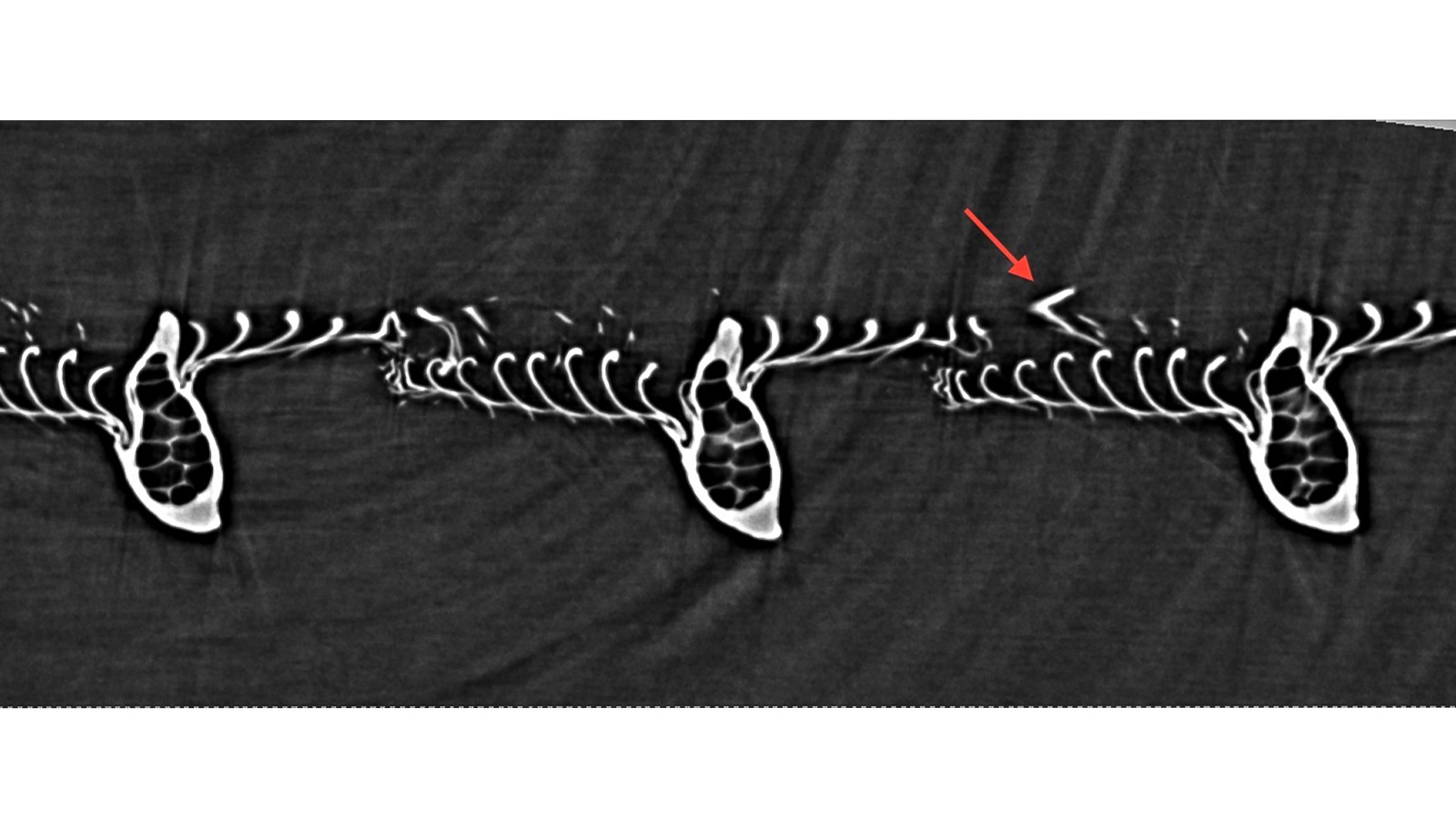
Studying bird feathers at the Advanced Photon Source has given scientists a picture of the mechanism that holds those feathers together when birds fly.

Researchers at the U.S. Department of Energy (DOE)’s Argonne National Laboratory are developing a technology that centers on manganese, one of Earth’s most abundant metals.
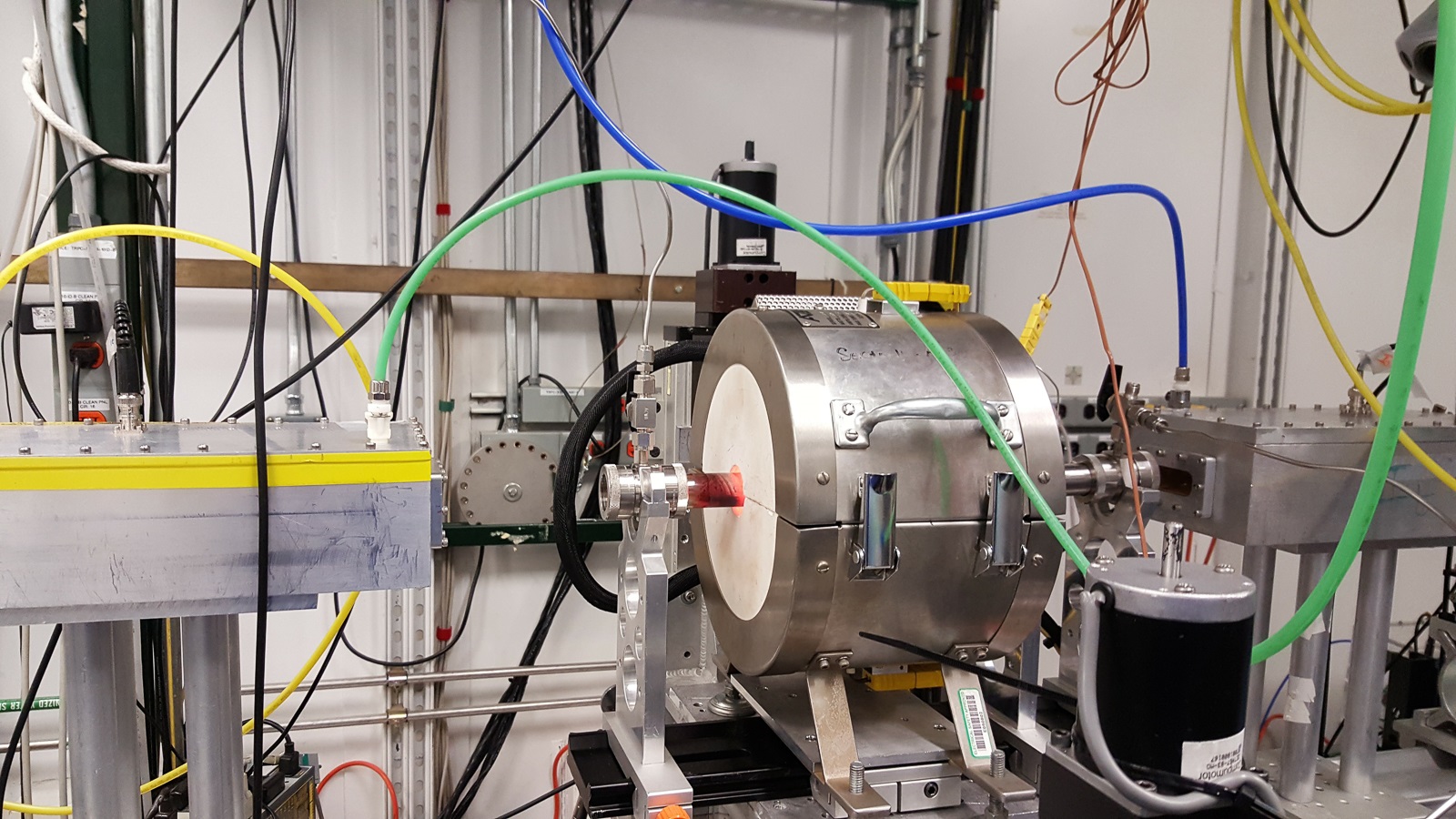
Argonne scientists studied platinum-free catalysts for important fuel cell reactions. The research provides understanding of the mechanisms that make the catalysts effective, and it could inform production of more efficient and cost-effective catalysts.
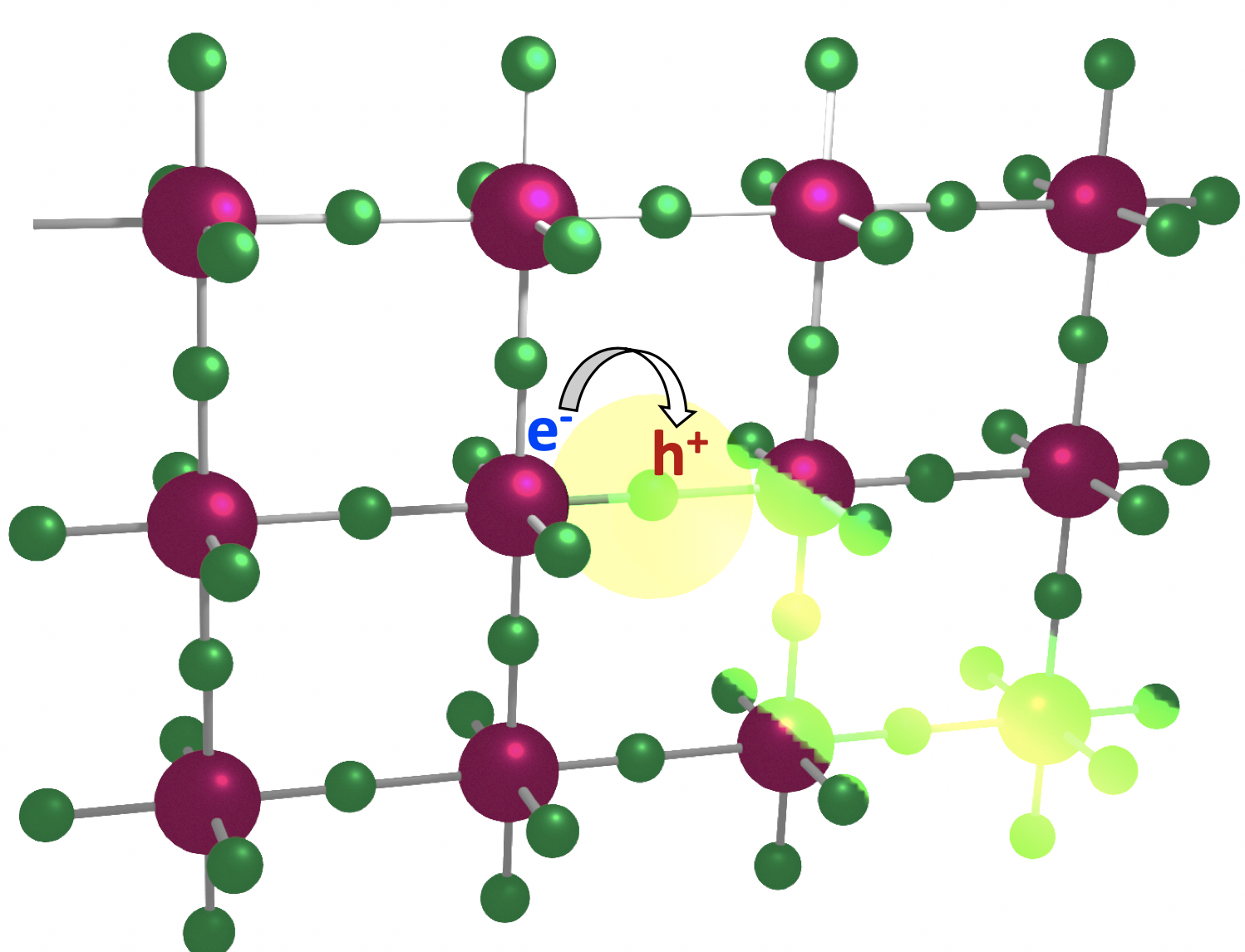
Sandwiching a 2-D light-emitting layer between ring-shaped carbon compounds significantly improved device efficiency and brightness.
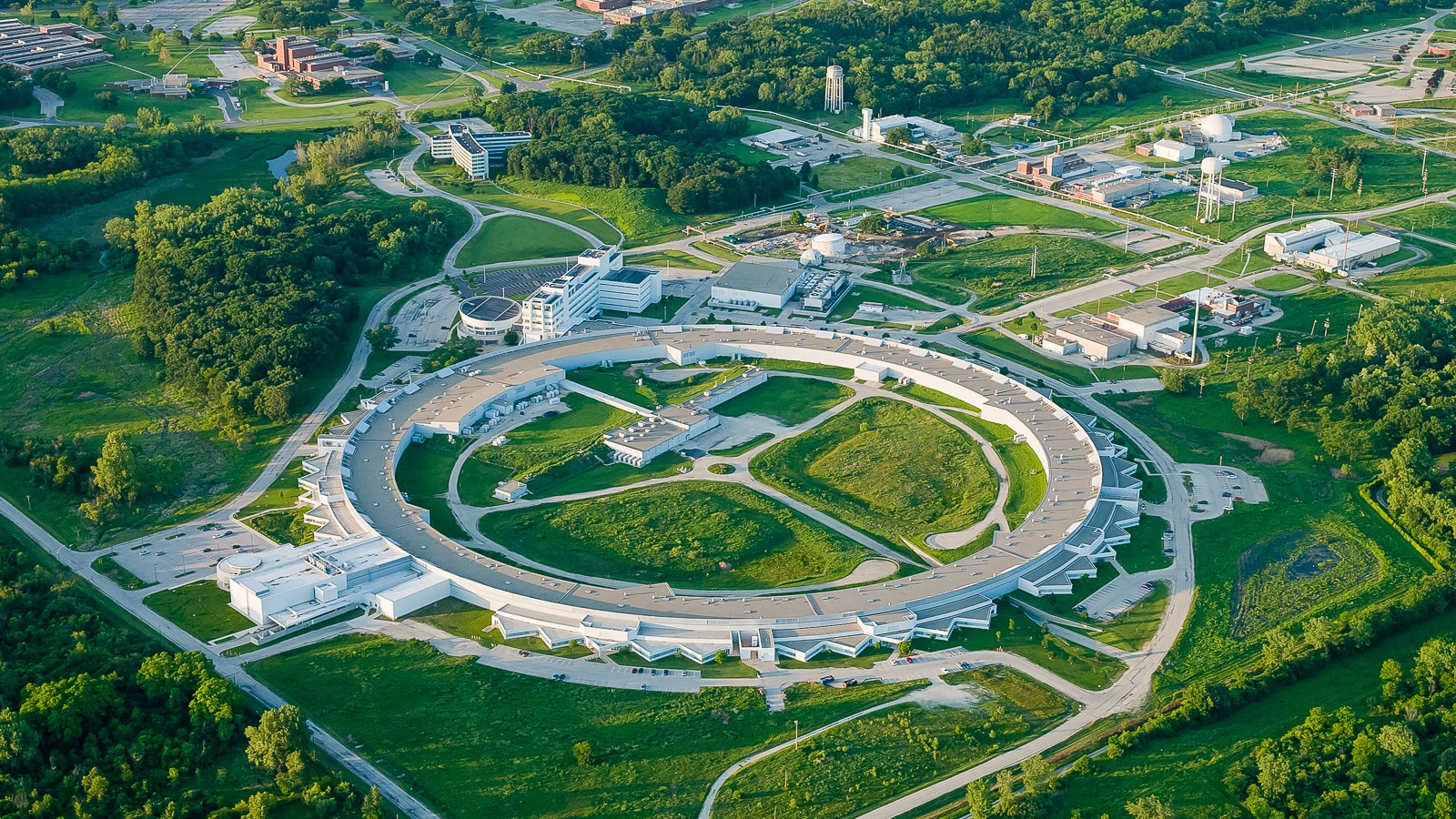
A group of the world’s best X-ray science facilities has developed a strategy for cooperatively combating COVID-19.
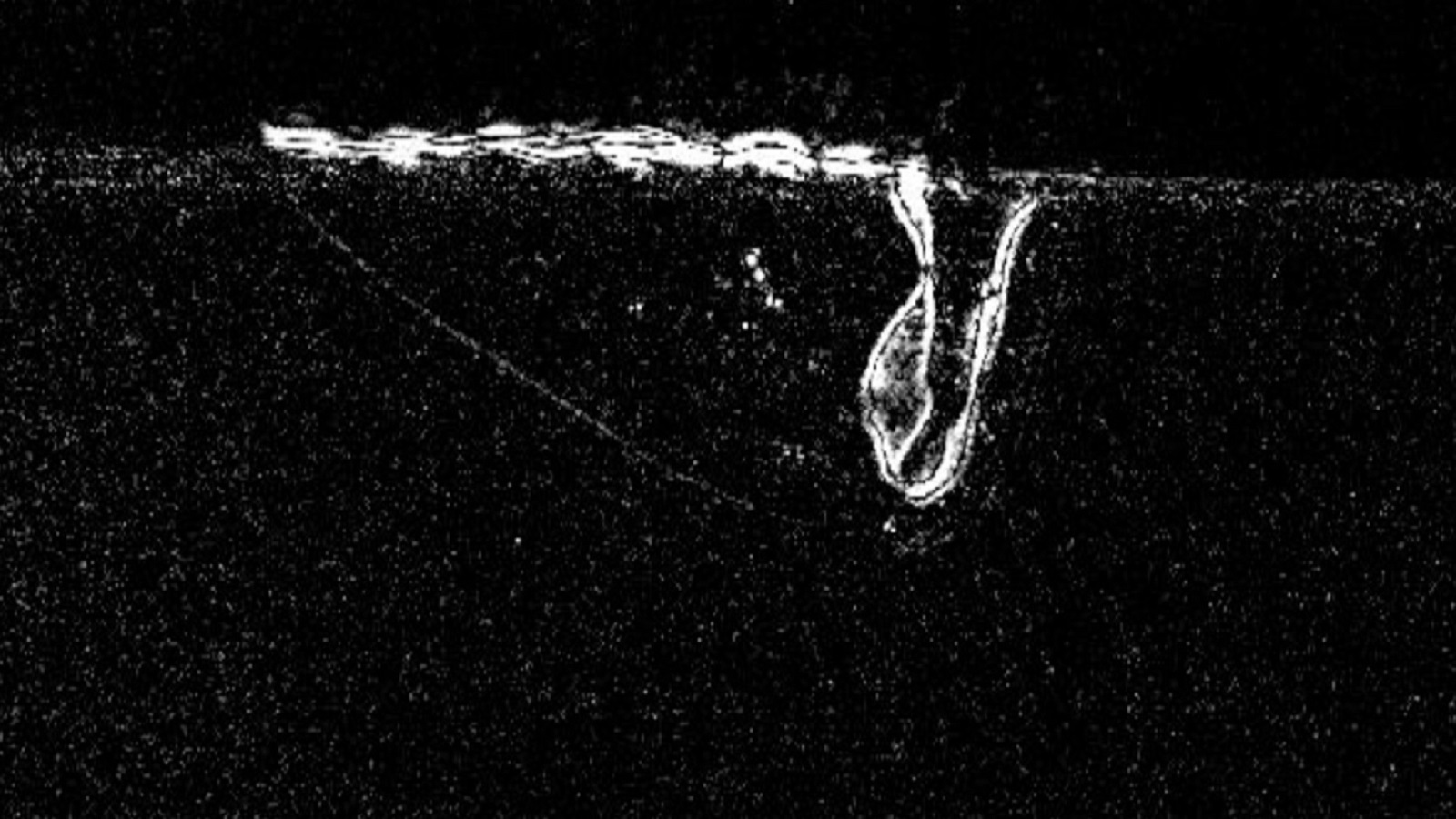
New research conducted at the Advanced Photon Source (APS) points toward pore-free 3D printing of metal components, with no additional apparatus required.
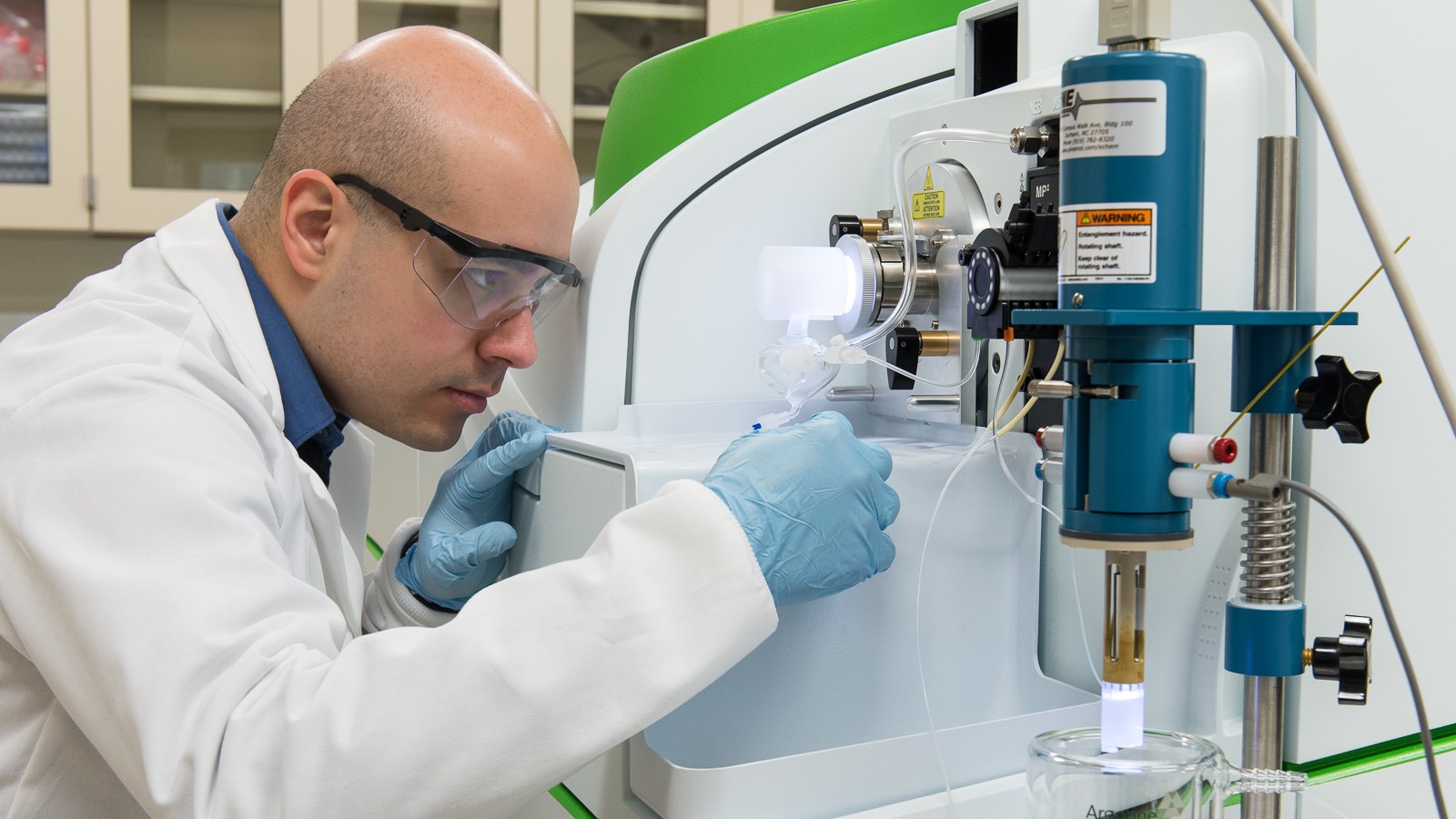
Scientists have gained important insight into the mechanisms that drive stability and activity in materials during oxygen evolution reactions. This insight will guide the practical design of materials for electrochemical fuel production.

Scientists at the U.S. Department of Energy’s Argonne and Los Alamos National Laboratories have identified a new class of X-ray detectors based on layered perovskites, a semiconducting material.
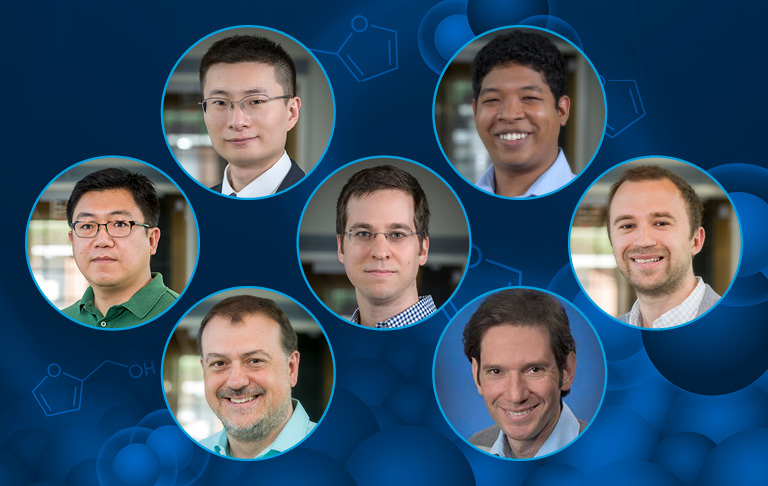
Loading single platinum atoms on titanium dioxide promotes the conversion of a plant derivative into a potential biofuel.
Argonne scientists are combining one-of-a-kind x-ray experiments with novel computer simulations to help engineers at aerospace and defense companies save time and money.

The Physical Chemistry Division of the American Chemical Society announces that Lin X. Chen has received the 2020 Award in Experimental Physical Chemistry. The award recognizes Chen for “fundamental contributions to the elucidation of excited state structures, dynamics and energetics of light harvesting systems.
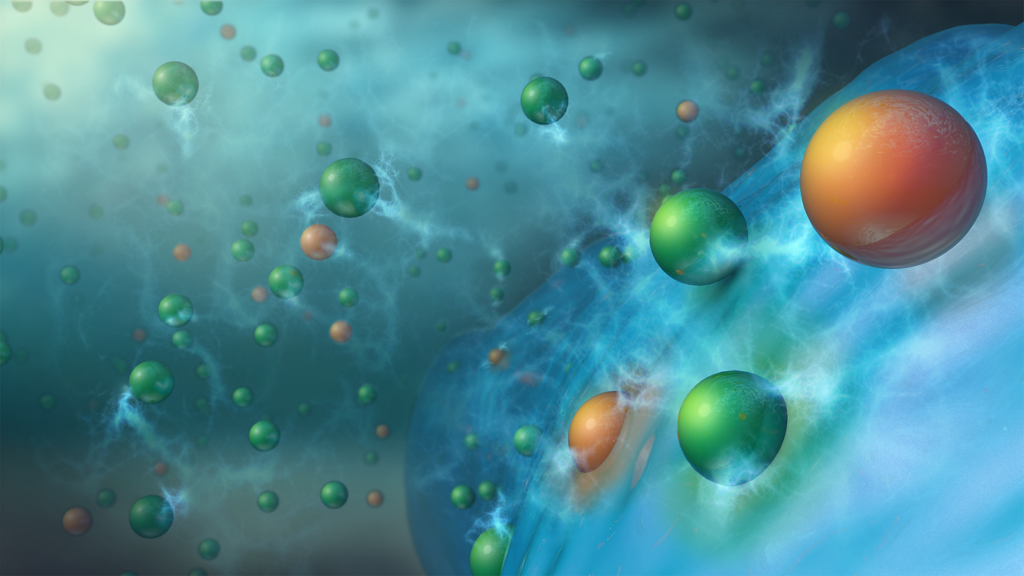
Researchers at Argonne National Laboratory have designed and tested a new electrolyte composition that could greatly accelerate the adoption of the next generation of lithium-ion batteries.
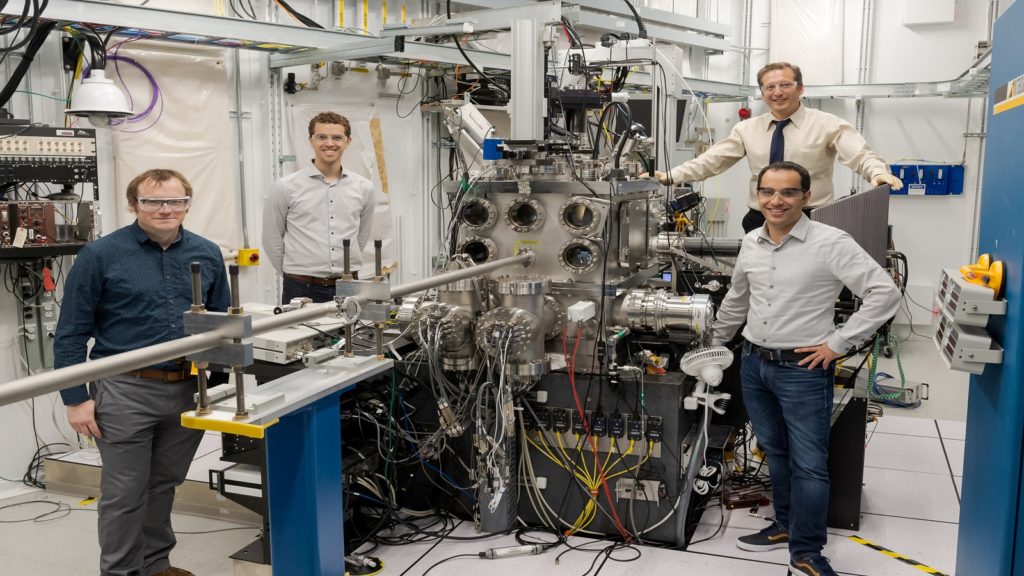
By using sound waves, scientists have begun to explore fundamental stress behaviors in a crystalline material that could form the basis for quantum information technologies.